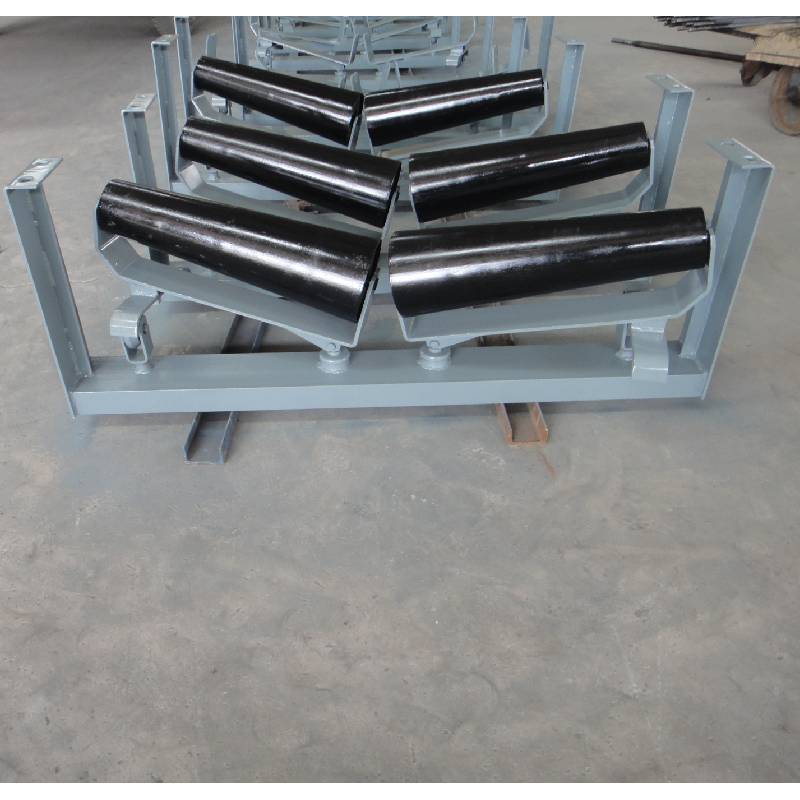 Afrikaans
Afrikaans  Albanian
Albanian  Amharic
Amharic  Arabic
Arabic  Armenian
Armenian  Azerbaijani
Azerbaijani  Basque
Basque  Belarusian
Belarusian  Bengali
Bengali  Bosnian
Bosnian  Bulgarian
Bulgarian  Catalan
Catalan  Cebuano
Cebuano  Corsican
Corsican  Croatian
Croatian  Czech
Czech  Danish
Danish  Dutch
Dutch  English
English  Esperanto
Esperanto  Estonian
Estonian  Finnish
Finnish  French
French  Frisian
Frisian  Galician
Galician  Georgian
Georgian  German
German  Greek
Greek  Gujarati
Gujarati  Haitian Creole
Haitian Creole  hausa
hausa  hawaiian
hawaiian  Hebrew
Hebrew  Hindi
Hindi  Miao
Miao  Hungarian
Hungarian  Icelandic
Icelandic  igbo
igbo  Indonesian
Indonesian  irish
irish  Italian
Italian  Japanese
Japanese  Javanese
Javanese  Kannada
Kannada  kazakh
kazakh  Khmer
Khmer  Rwandese
Rwandese  Korean
Korean  Kurdish
Kurdish  Kyrgyz
Kyrgyz  Lao
Lao  Latin
Latin  Latvian
Latvian  Lithuanian
Lithuanian  Luxembourgish
Luxembourgish  Macedonian
Macedonian  Malgashi
Malgashi  Malay
Malay  Malayalam
Malayalam  Maltese
Maltese  Maori
Maori  Marathi
Marathi  Mongolian
Mongolian  Myanmar
Myanmar  Nepali
Nepali  Norwegian
Norwegian  Norwegian
Norwegian  Occitan
Occitan  Pashto
Pashto  Persian
Persian  Polish
Polish  Portuguese
Portuguese  Punjabi
Punjabi  Romanian
Romanian  Russian
Russian  Samoan
Samoan  Scottish Gaelic
Scottish Gaelic  Serbian
Serbian  Sesotho
Sesotho  Shona
Shona  Sindhi
Sindhi  Sinhala
Sinhala  Slovak
Slovak  Slovenian
Slovenian  Somali
Somali  Spanish
Spanish  Sundanese
Sundanese  Swahili
Swahili  Swedish
Swedish  Tagalog
Tagalog  Tajik
Tajik  Tamil
Tamil  Tatar
Tatar  Telugu
Telugu  Thai
Thai  Turkish
Turkish  Turkmen
Turkmen  Ukrainian
Ukrainian  Urdu
Urdu  Uighur
Uighur  Uzbek
Uzbek  Vietnamese
Vietnamese  Welsh
Welsh  Bantu
Bantu  Yiddish
Yiddish  Yoruba
Yoruba  Zulu
Zulu Innovative Solutions for Efficient Trough Idler Roller Design and Performance
Trough Idler Rollers Essential Components of Conveyor Systems
In modern industrial operations, the efficiency of material handling systems is paramount. One critical component that significantly contributes to the efficiency and reliability of conveyor systems is the trough idler roller. These rollers play a vital role in supporting the conveyor belts as they transport materials across various distances and terrains. Understanding their importance, design, and maintenance can help improve overall conveyor performance and reduce operational costs.
What Are Trough Idler Rollers?
Trough idler rollers are cylindrical devices used to guide and support conveyor belts. Unlike flat idlers, which maintain the belt in a horizontal position, trough idler rollers have a slight angle, forming a U shape or trough. This design helps to contain the materials being transported, preventing spills and ensuring efficient movement. Typically, these rollers are strategically positioned in a cascade arrangement, consisting of three rollers, at different heights allowing for better load distribution.
Importance in Material Handling
Trough idler rollers are essential for several reasons
1. Load Distribution Their curved design allows them to effectively distribute the weight of transported materials along the belt, reducing stress on the system and extending the lifespan of both the conveyor belt and the rollers.
2. Minimized Spillage The trough shape effectively confines loose materials, minimizing spillage and thus reducing material loss and cleanup costs. This containment is particularly crucial in mining and bulk material handling industries.
3. Enhanced Stability Trough idler rollers help maintain the alignment of the conveyor belt, ensuring stable operation even under heavy loads and rugged conditions. Their ability to absorb shocks and vibrations enhances the system's overall stability.
4. Improved Efficiency By reducing friction and providing a smooth surface for the belt to run on, trough idler rollers significantly improve the efficiency of the conveyor system. This results in lower energy consumption and increased productivity.
Design Considerations
trough idler rollers

When selecting trough idler rollers, several design factors must be considered to ensure optimal performance
- Material Selection Rollers are commonly made from steel, rubber, or plastic, depending on the environmental conditions they will face. Steel rollers are durable and ideal for heavy loads, while rubber is often used for lighter applications and helps in noise reduction.
- Roller Diameter and Width The size of the roller impacts its load-bearing capacity and the overall efficiency of the conveyor system. Larger diameters typically reduce friction, while the width must be matched to the width of the conveyor belt for effective support.
- Bearing Type The choice of bearings plays a critical role in roller performance. Sealed bearings are often preferred as they require less maintenance and are more resistant to dirt and moisture.
Maintenance and Care
Regular maintenance of trough idler rollers is essential to ensure their longevity and optimal performance. Here are some best practices
- Routine Inspections Regular inspections can identify misalignment, wear, or damage early, preventing costly breakdowns. Look for signs of uneven wear, which could indicate problems with the belt or the idler rollers.
- Lubrication Keeping bearings properly lubricated reduces friction and wear, ensuring smooth operation. Be sure to use the right type of lubricant recommended by the manufacturer.
- Replacement When rollers exhibit excessive wear or damage, immediate replacement is necessary to avoid disruptions in material handling. Timely replacement is key to maintaining operational efficiency.
Conclusion
Trough idler rollers are a fundamental component of conveyor systems, playing a significant role in enhancing efficiency and performance. By understanding their importance, design considerations, and maintenance needs, industries can maximize their effectiveness and ensure smooth operation in material handling processes. Investing in quality trough idler rollers and establishing a robust maintenance routine can lead to substantial improvements in productivity and cost savings in the long run.
-
Revolutionizing Conveyor Reliability with Advanced Rubber Lagging PulleysNewsJul.22,2025
-
Powering Precision and Durability with Expert Manufacturers of Conveyor ComponentsNewsJul.22,2025
-
Optimizing Conveyor Systems with Advanced Conveyor AccessoriesNewsJul.22,2025
-
Maximize Conveyor Efficiency with Quality Conveyor Idler PulleysNewsJul.22,2025
-
Future-Proof Your Conveyor System with High-Performance Polyurethane RollerNewsJul.22,2025
-
Driving Efficiency Forward with Quality Idlers and RollersNewsJul.22,2025





























